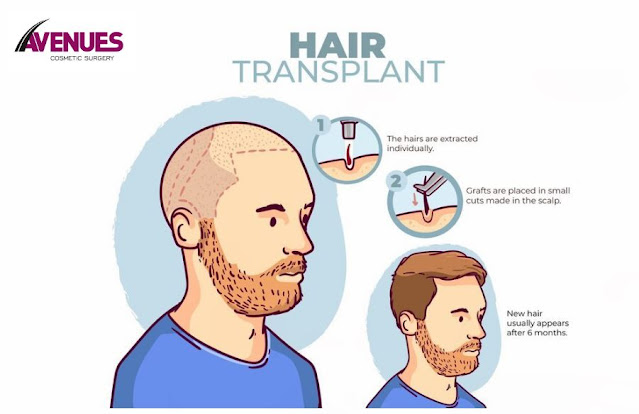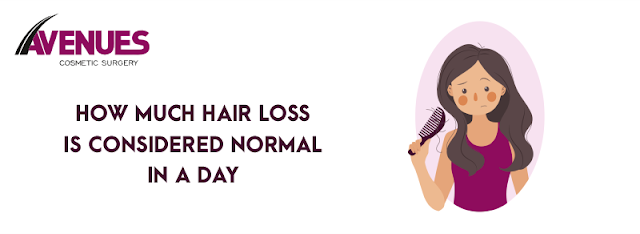Body to Scalp: Emerging Trends in Body Hair Transplantation
Introduction
In the realm of hair transplantation, innovative techniques have continuously evolved to provide individuals struggling with hair loss more effective and lasting solutions. One such groundbreaking development is Body Hair Transplantation (BHT). This procedure has gained prominence in recent years, offering hope to those with limited donor hair on their scalp. This article delves into the evolving trends in Body Hair Transplantation, exploring the benefits, cost considerations, and the transformative impact it has on individuals experiencing hair loss.
Understanding Hair Transplantation
Before diving into the specifics of Body Hair Transplantation, it is essential to comprehend the basics of hair transplantation. Hair transplantation is a surgical procedure designed to restore hair in areas affected by baldness or thinning. The procedure involves the extraction of hair follicles from a donor site (usually the back or sides of the scalp) and their transplantation to the recipient area (bald or thinning regions). This relocation of healthy hair follicles results in the regrowth of natural-looking hair.
Traditional hair transplantation primarily relies on the availability of donor hair from the scalp, limiting its feasibility for individuals with extensive hair loss or inadequate donor hair. This is where Body Hair Transplantation comes into play as an innovative and game-changing solution.
The Emergence of Body Hair Transplantation
Body Hair Transplantation, as the name suggests, involves the utilization of hair from various body parts as donor sites for transplantation to the scalp. This groundbreaking technique broadens the pool of potential donor hair, making it a viable option for those who may not have sufficient scalp hair to meet their restoration goals.
Benefits of Body Hair Transplantation
1. Expanded Donor Hair Pool: BHT opens up a new realm of possibilities by tapping into hair from the chest, beard, back, arms, legs, and other body parts. This significantly increases the available donor hair resources.
2. Greater Graft Count: BHT allows for a higher graft count in a single session, which can be especially advantageous for individuals with extensive baldness or those seeking more substantial hair density.
3. Natural Results: The use of body hair in transplantation often yields natural-looking results, as it closely matches the texture and appearance of scalp hair.
4. Versatility: Body hair can be used not only for scalp transplantation but also for facial hair restoration, including beards and eyebrows.
The Procedure: Body to Scalp Hair Transplant
The BHT procedure shares several similarities with traditional hair transplantation, but there are key differences in the harvesting process:
1. Consultation and Planning: The journey begins with a consultation with a hair restoration specialist. During this phase, the patient's goals, expectations, and the suitability of body hair as a donor source are discussed.
2. Donor Site Selection: Depending on the patient's individual circumstances, the surgeon will identify the most suitable body areas for hair extraction. Common donor sites include the chest, back, and beard.
3. Extraction and Preparation: Hair follicles are carefully extracted from the selected body areas using a specialized tool. These follicles are then prepared for transplantation by separating them into grafts.
4. Recipient Site Preparation: The recipient area on the scalp is meticulously prepared to receive the grafts. Tiny incisions are made in the bald or thinning regions, ensuring precise placement of the 2000 grafts hair transplant.
5. Graft Transplantation: The extracted grafts, consisting of one or more hair follicles, are transplanted into the recipient sites. The surgeon's expertise is crucial in ensuring a natural hairline and uniform distribution of hair.
6. Post-Procedure Care: After the procedure, patients are provided with guidelines for post-operative care. This includes instructions on cleaning, avoiding strenuous activities, and protecting the newly transplanted hair.
7. Follow-Up: Regular follow-up appointments are scheduled to monitor progress and address any concerns.
Cost Considerations in Body Hair Transplantation
The cost of Body Hair Transplantation varies based on several factors, including the extent of hair loss, the number of grafts required, the surgeon's expertise, and the geographic location of the clinic. On average, the cost of a BHT procedure can range from $5,000 to $15,000 or more.
It's important to note that the cost of BHT may differ from traditional hair transplantation due to the complexity of the procedure, the need for specialized equipment, and the expertise required to harvest and transplant body hair effectively.
In general, the price of 5000 grafts hair transplant grafts in a BHT procedure may be higher compared to traditional hair transplantation. The cost may also vary based on the specific body areas from which the donor hair is harvested. For instance, beard hair transplantation may be priced differently than chest or back hair transplantation.
Considerations Before Undergoing Body Hair Transplantation
While Body Hair Transplantation offers promising results for individuals with limited donor hair on their scalp, there are several considerations to keep in mind:
1. Patient Suitability: Not everyone is an ideal candidate for BHT. A thorough evaluation by a qualified hair restoration specialist is crucial to determine if the procedure is suitable for a patient's unique circumstances.
2. Expectations: Patients should have realistic expectations regarding the outcome of the procedure. While BHT can provide excellent results, it may not achieve the same level of density as traditional transplantation with scalp hair.
3. Experience Matters: Choosing a skilled and experienced surgeon is paramount to the success of the procedure. Patients should research and select a reputable clinic with a track record of successful BHT procedures.
4. Cost Assessment: Patients should carefully consider the cost of hair transplant the procedure and ensure it aligns with their budget. They should also inquire about financing options if needed.
Conclusion
Body Hair Transplantation represents a significant advancement in the field of hair restoration, offering hope to individuals struggling with extensive hair loss and limited donor hair on their scalp. This innovative technique expands the pool of available donor hair by utilizing hair from various body areas, providing natural-looking results and increased graft counts. While the cost of Body Hair Transplantation may be higher than traditional methods, the potential for transformative outcomes makes it a compelling option for those seeking a permanent solution to hair loss. However, it is essential to approach BHT with realistic expectations and carefully choose an experienced surgeon to ensure the best possible results.



Comments
Post a Comment